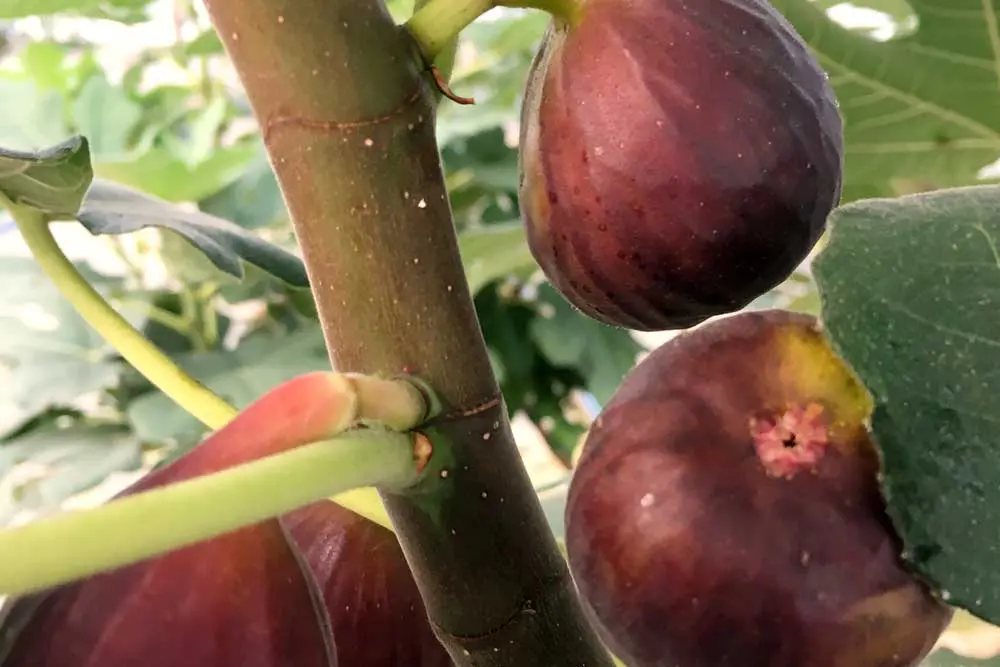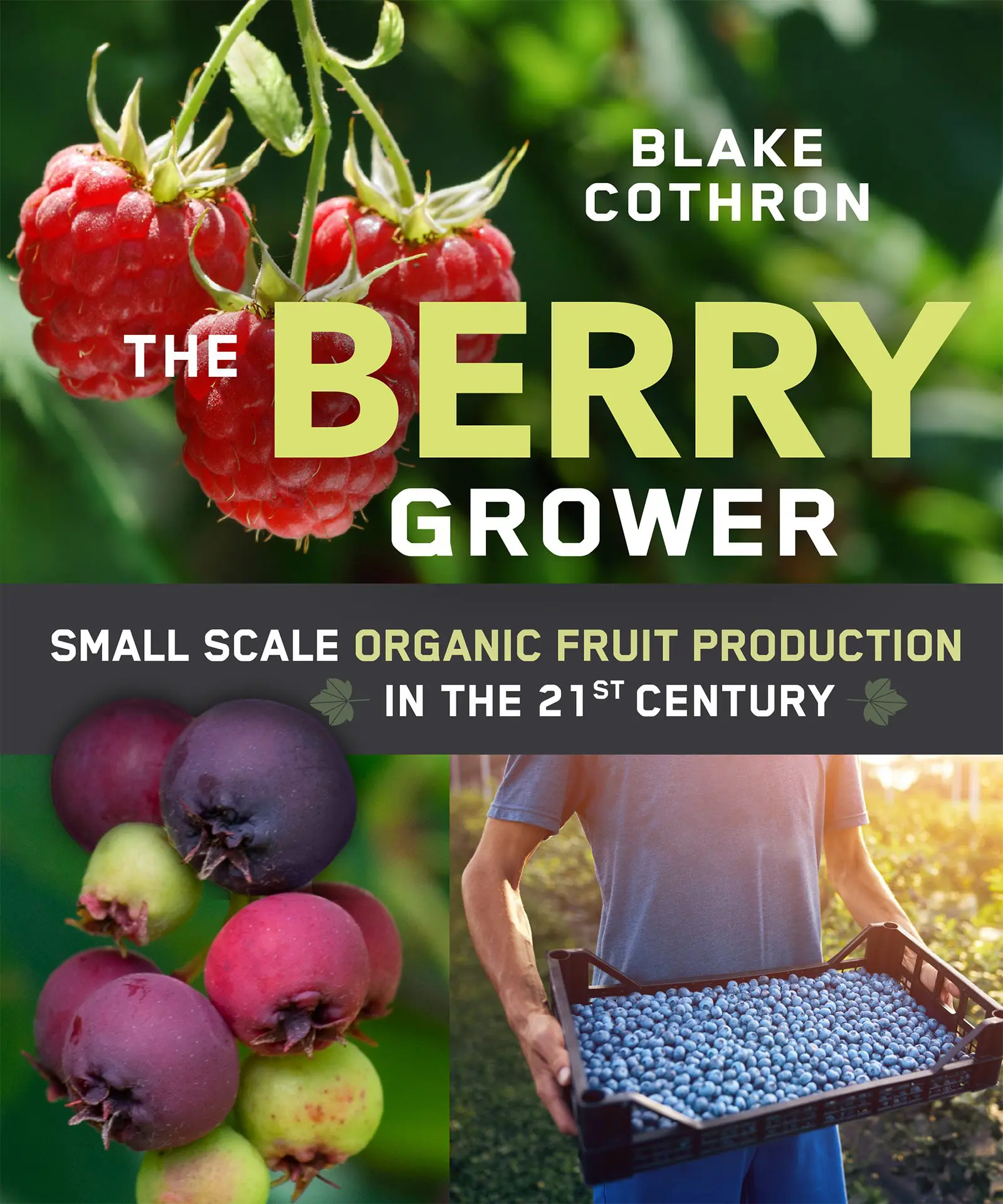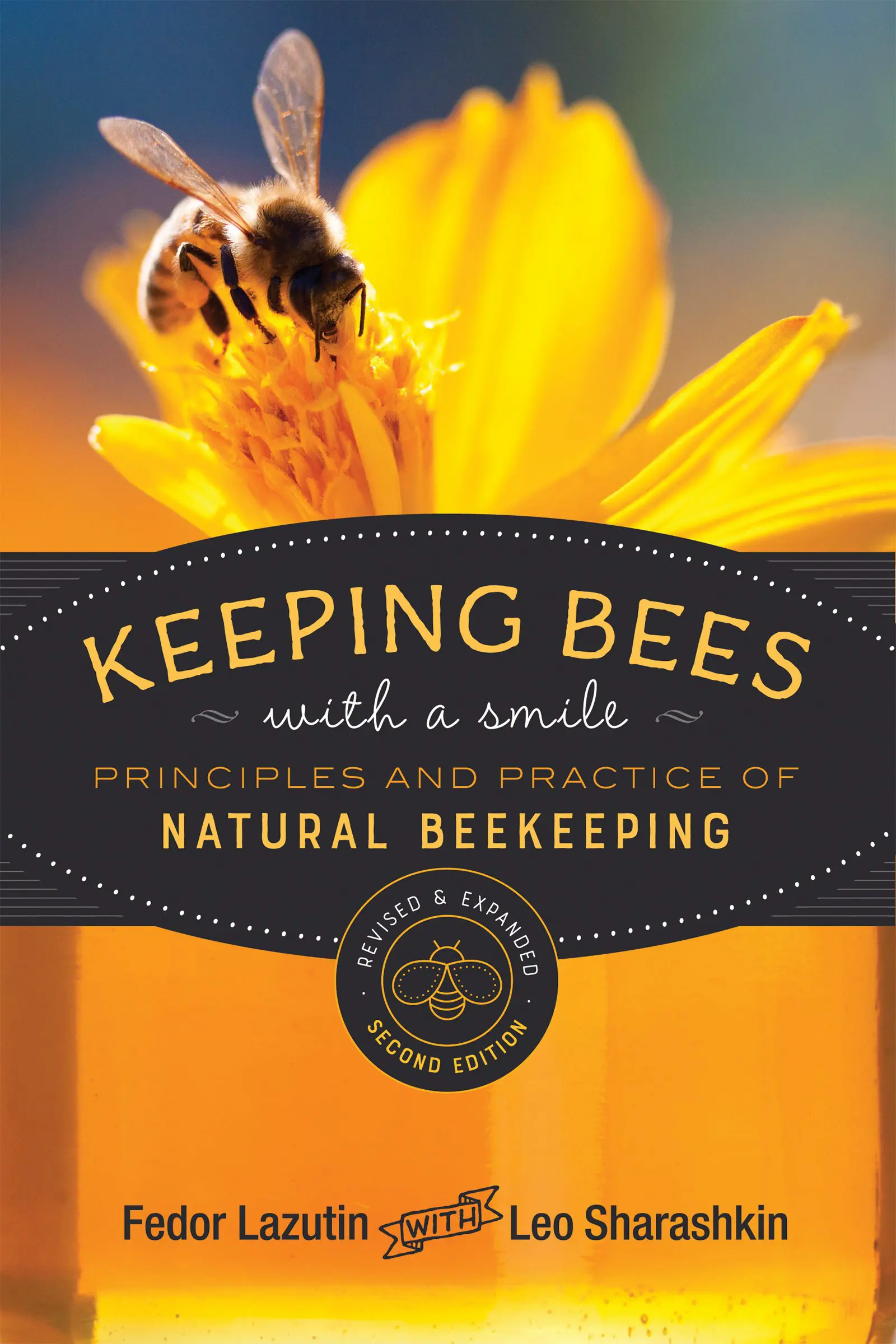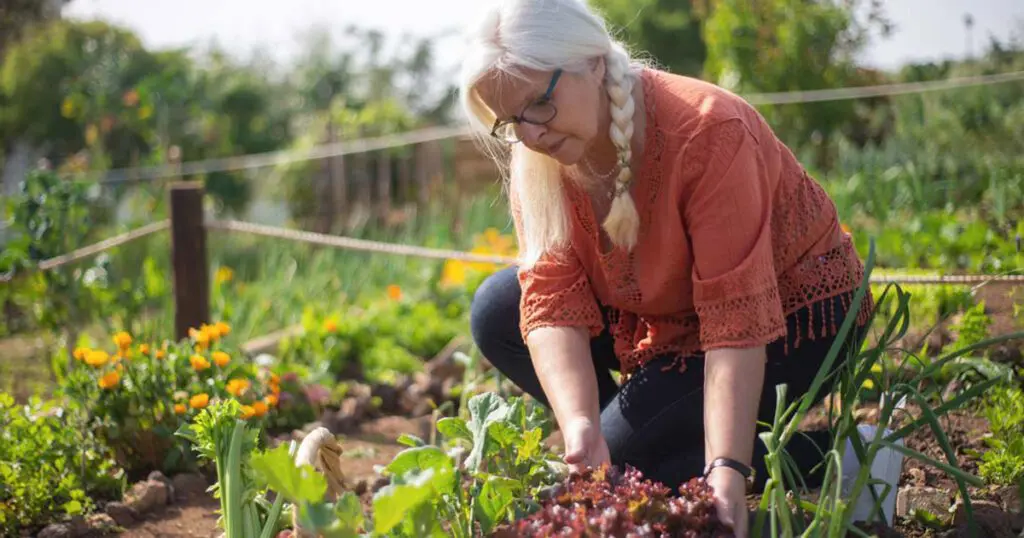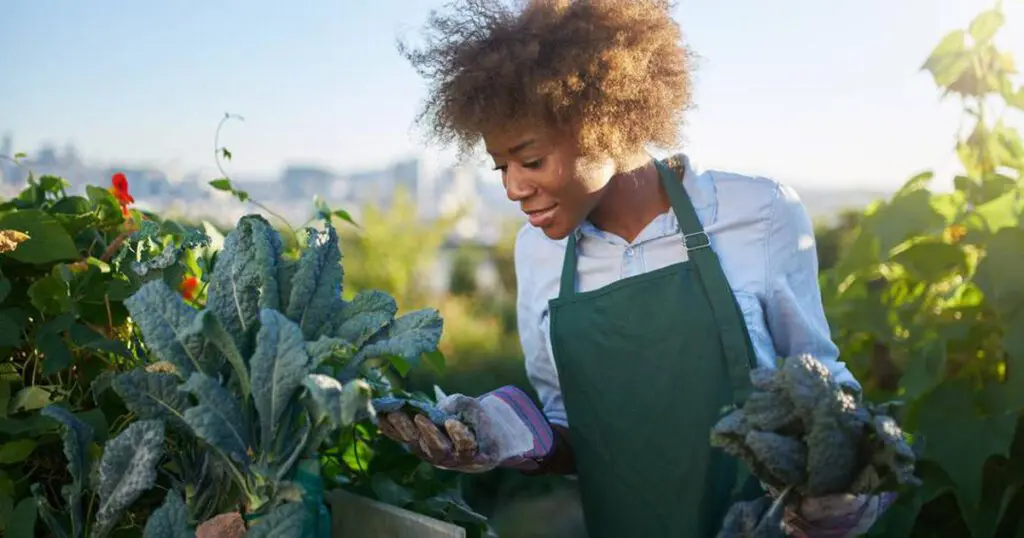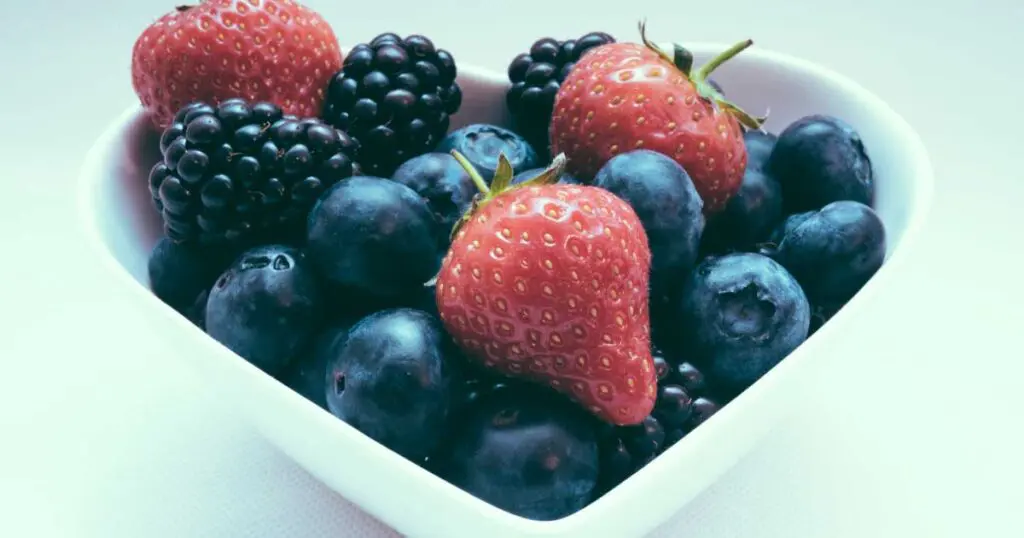
In The Berry Grower, author Blake Cothron discusses why and how to maximize your berry and small fruit harvest – whether in your backyard, small farm, or as a relatively easy value-added product for your existing organic farm. In this excerpt, he makes a convincing case for adding small fruits and berries, whether you’re an experienced grower or a beginner.
Converting your backyard from grass into fruit production is a very rewarding process. As well as harvesting household fruit, there is also the viable possibility of marketing excess fruit — as well as the seeds, cuttings, and fruit plants themselves. These products are high value and in-demand and can often be harvested from the same planting.
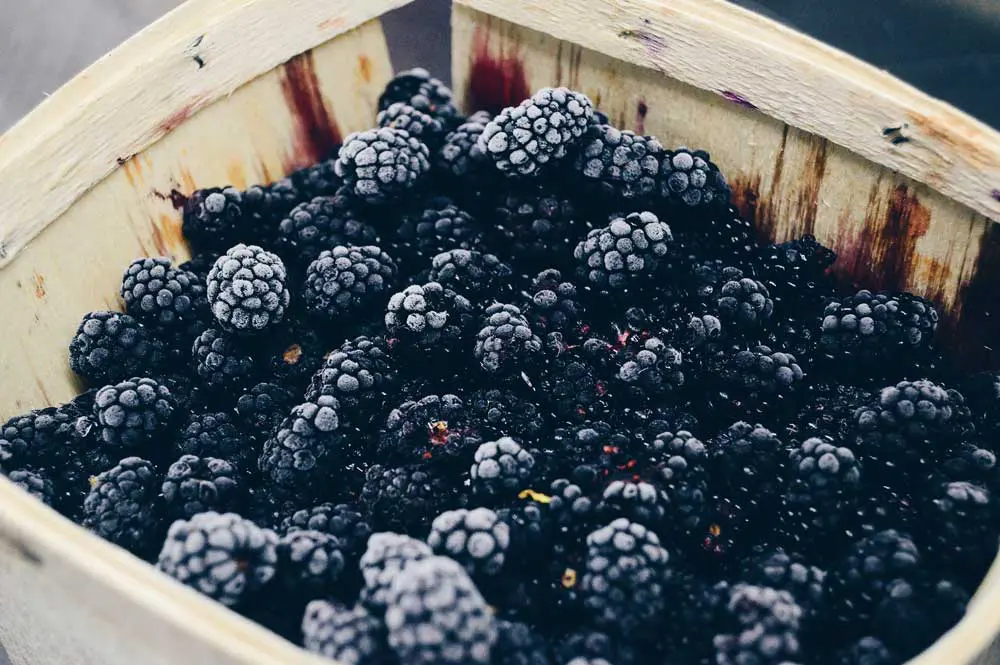
Why Small Scale, Small Fruits?
Why micro fruit farming?
There are different ways to approach this question. Are you already a market farmer or do you currently work 9–5 in an office, possibly under fluorescent lights? If you’re already a farmer and you’re asking this question, you’re likely looking at how to make your operation more efficient, reducing costs and increasing yields, while introducing new products.
Or, you could be an organic farmer who is (possibly) overwhelmed and looking to downsize your operation to a more human scale. You may be facing the potential of losing your land or a land lease will soon be ending. Maybe you’re inheriting the conventional family farm and you want to make it work organically. You may be exploring transitioning to organic farming, or taking on organic farming as a career choice (or career shift). Maybe you just want to transition your suburban lawn into organic food and cash.
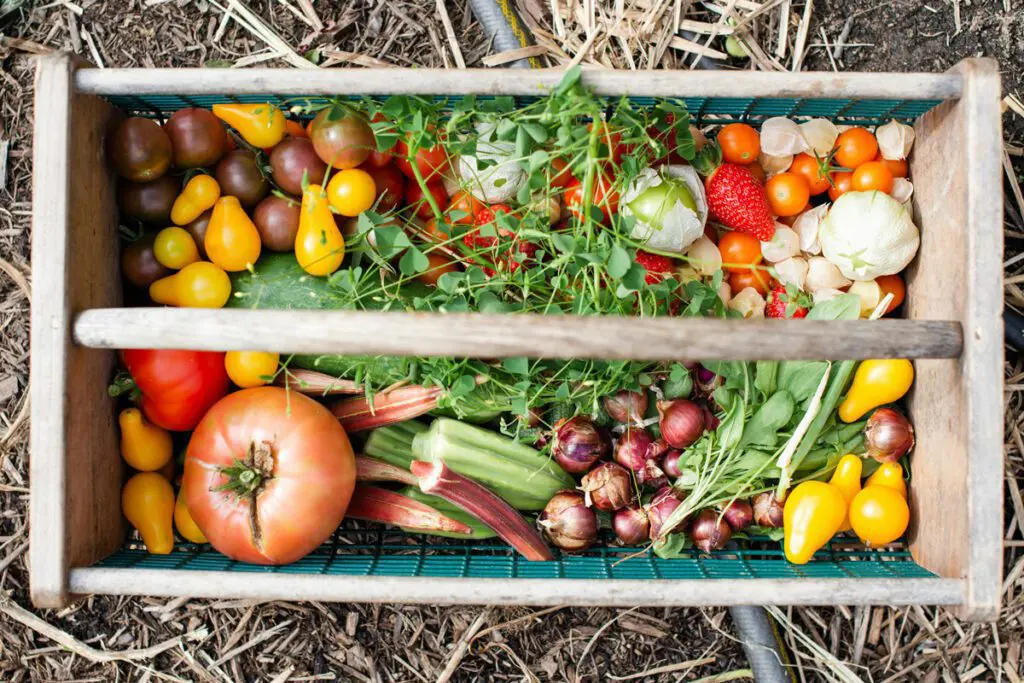
If you’re new to farming (maybe you’re that office worker mentioned earlier) and the sunshine, soil, and sky are calling you home, then micro farming is a great place to start (and maybe stay). Basically, micro farming is farming on a plot that is 1/16 of an acre up to a few acres. For perspective, most modern US suburban lots range from 1/16 acre to about 1⁄4 acre. Older suburban lots in larger cities, divided in the 1950s–1970s were often much larger, often around 1⁄2 an acre to 1 acre in size.
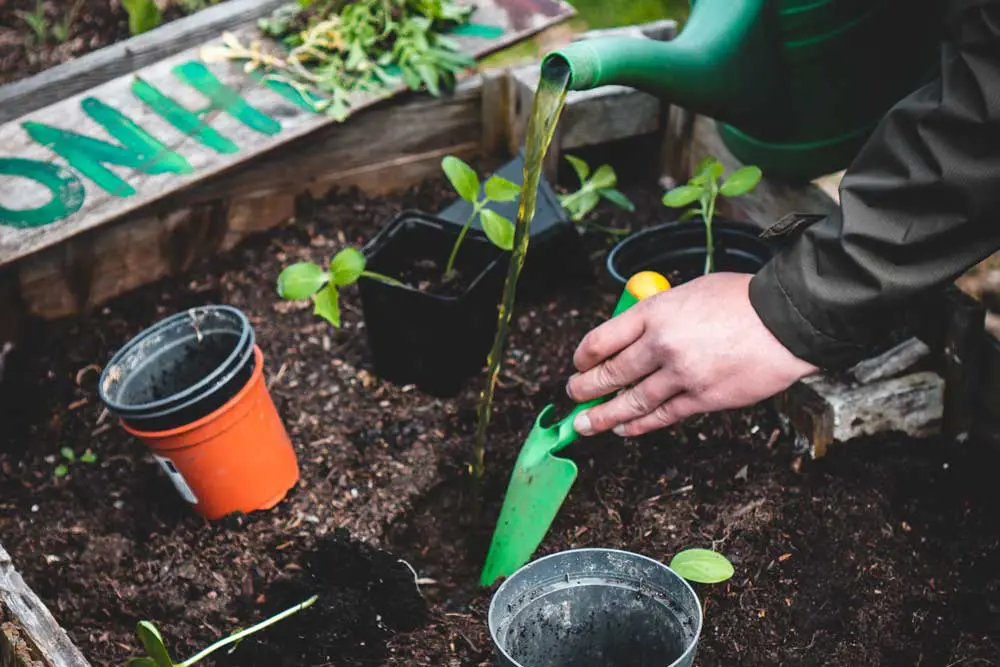
I remember those large suburban lots from when I was growing up in Louisville, KY. Specifically, I very fondly remember the abundance of elderly World War II veterans who intensively cropped their large backyards for household self-sufficiency, having turned them into productive mini-homesteads. Although not usually or completely organic, they were growing their own fruits and vegetables. They often sold or generously gave away the excess, they saved their own seeds, and their wives canned enough for winter, all from their 1/4–1/2 acre suburban backlot. Yet now, with the recent disappearance of nearly all of those quiet, humble heroes, so too have their abundant urban homesteads quietly reverted back to lawns.
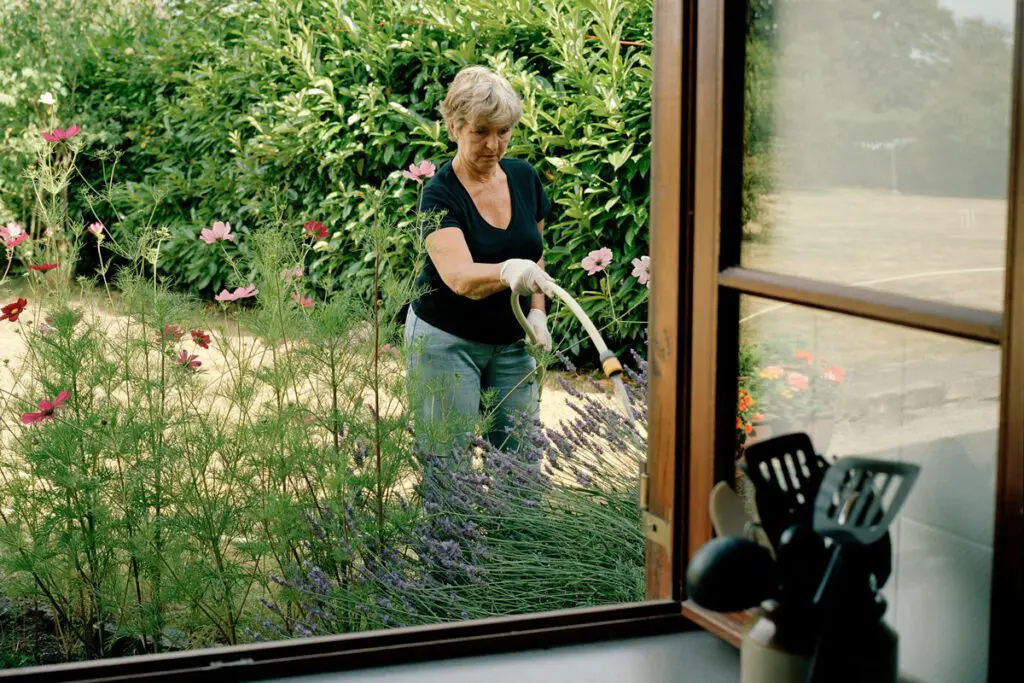
Producing on this small scale is sometimes called market farming or even just gardening, but micro farming or, when in the city, urban farming better describes the intent of this kind of small, yet often highly effective operation and defines that you’re selling a product. It’s the human scale farm that worked effectively for millenium after millenium before the advent of industrial-era mechanized farming and agricultural chemicals. Beginning in the late 1800s farming was able to displace people power, going beyond human scale to an artificial industrial scale. Entire books have been written on this tragic turn of events with its profound implications and global repercussions.
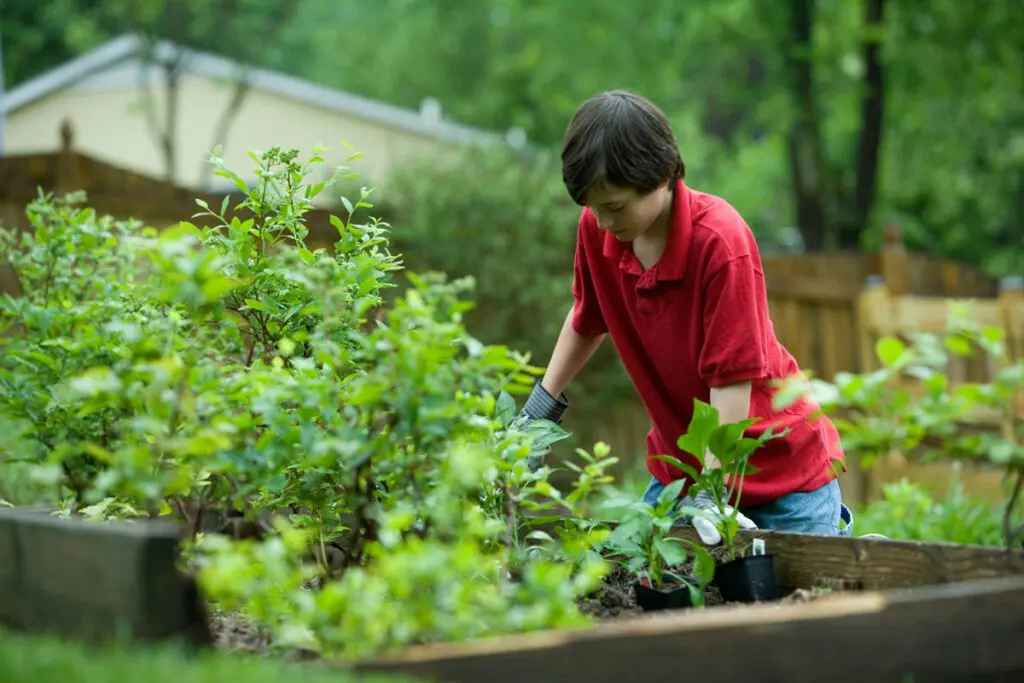
A major draw of micro farming is that, depending on the type of operation, it’s reasonable that one physically fit, youthful person can farm fresh produce on 1⁄4–1⁄2 acre of land, sometimes more, by themselves, given proper tools, training, strategies, and experience — and without a riding tractor. Any size more than that rapidly starts to become overwhelming and unproductive, unless more hands are brought in. Two fit, trained people could handle about 1 acre of produce by hand, and maybe more if we’re talking about growing fruit trees, berries, and shrubs.
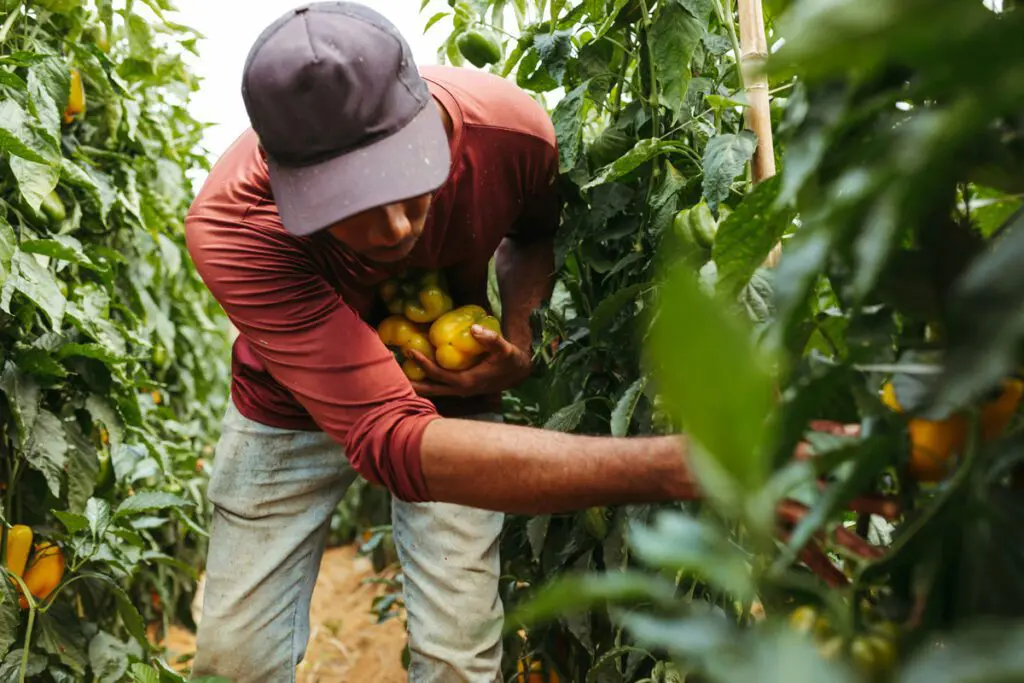
This may not sound like much, but it’s been showcased by many modern growers such as Elliot Coleman and, more recently, Curtis Stone and Jean-Martin Fortier, that this is not only efficient and highly productive, but also potentially highly lucrative. There are reports of $20–100k+ per acre being earned doing skilled micro vegetable farming, when combined with strategic marketing and a receptive, middle class or wealthy customer base. Compare that to the conventional farming forecast of $500–2000 per acre for industrial monoculture crop returns (soy, corn, hay, etc.)
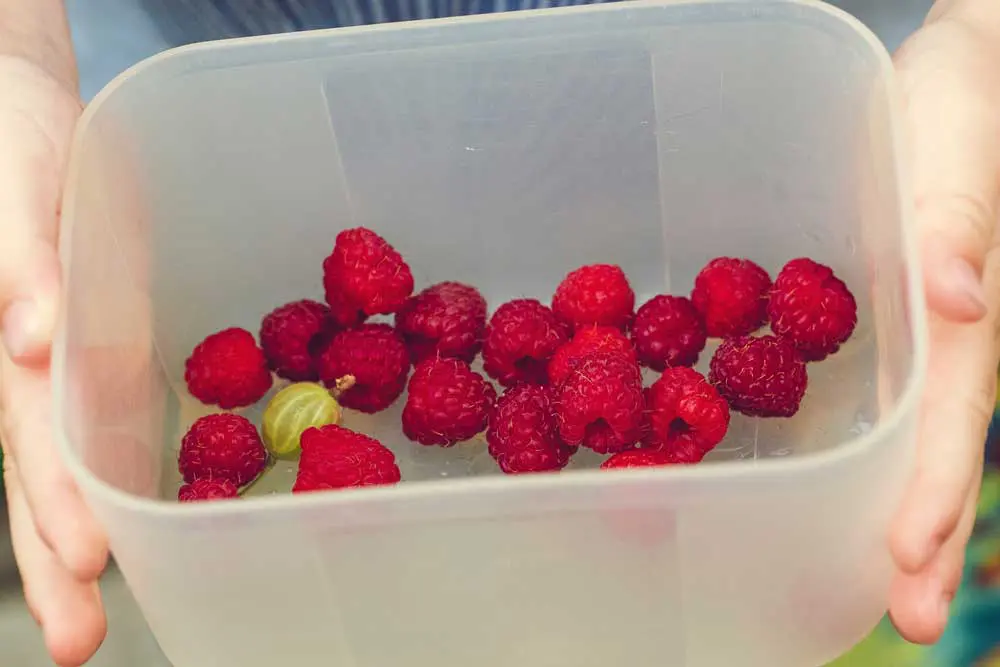
It’s important to emphasize that a diversified organic farm (polyculture) does not necessarily have to be “micro” in size— they’ll work on virtually any scale. But this book is focused on small-scale, human powered, micro agriculture with minimal machines and inputs.
I’ve thus far mostly been referring to micro vegetable farming, which has quick yields (several months) and rapid returns, and high net profit potential. Fruit growing is different because yields take longer to come back. Berries and other small fruits take anywhere from 6 months to 2 years to produce profitable yields, fruit trees take 5+ years. However, the labor requirement for fruit is also much less intensive than vegetable farming. For instance, vegetable farming requires near constant replanting, maintenance, and harvesting in order to stay sufficiently productive and highly profitable. Also, weeding, marketing, strategizing, checking crop progress, pest control, etc. are all very time-consuming and laborious work. There is all of that involved in small fruit growing but in general it is much less intensive, and is concentrated into certain events, mostly as the fruit ripens.
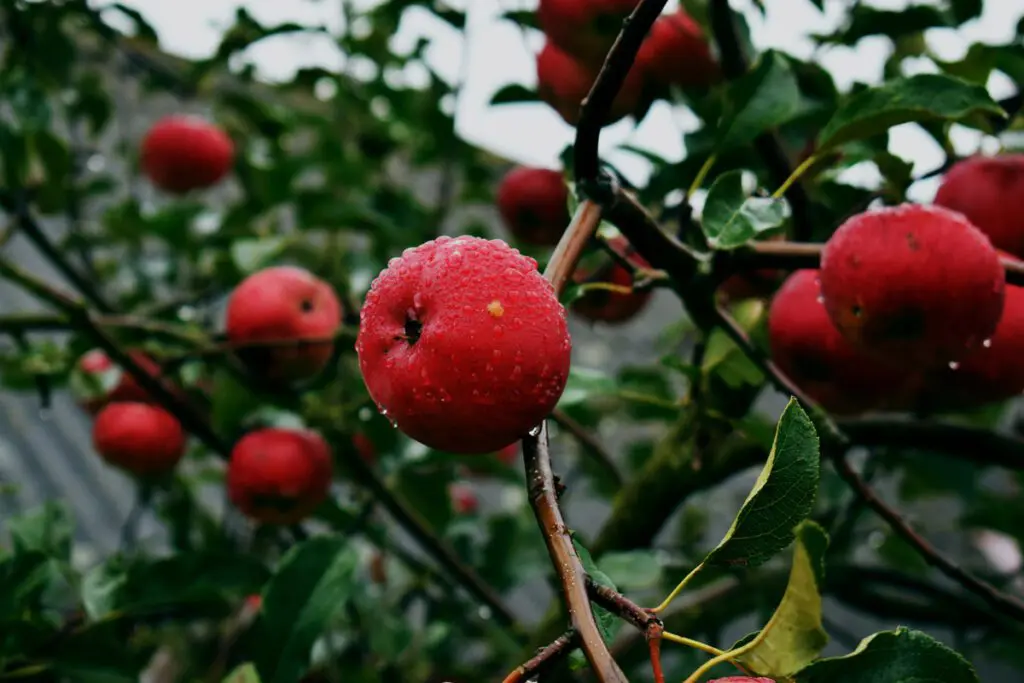
Fruit often ripens all at once or within a few weeks, requiring only a brief harvest period, unlike greens or cucumbers which must be picked several times per week for months at a time, or entire seasons. This aspect makes micro farming with fruit attractive to people looking to farm part-time while keeping a part-time (or full-time) job, or retired people looking to stay occupied but not slammed with intensive vegetable farming and bustling, demanding farmer’s markets. Fruit plantings can also be added into an existing micro farming produce operation to add diversity, interest, and income.
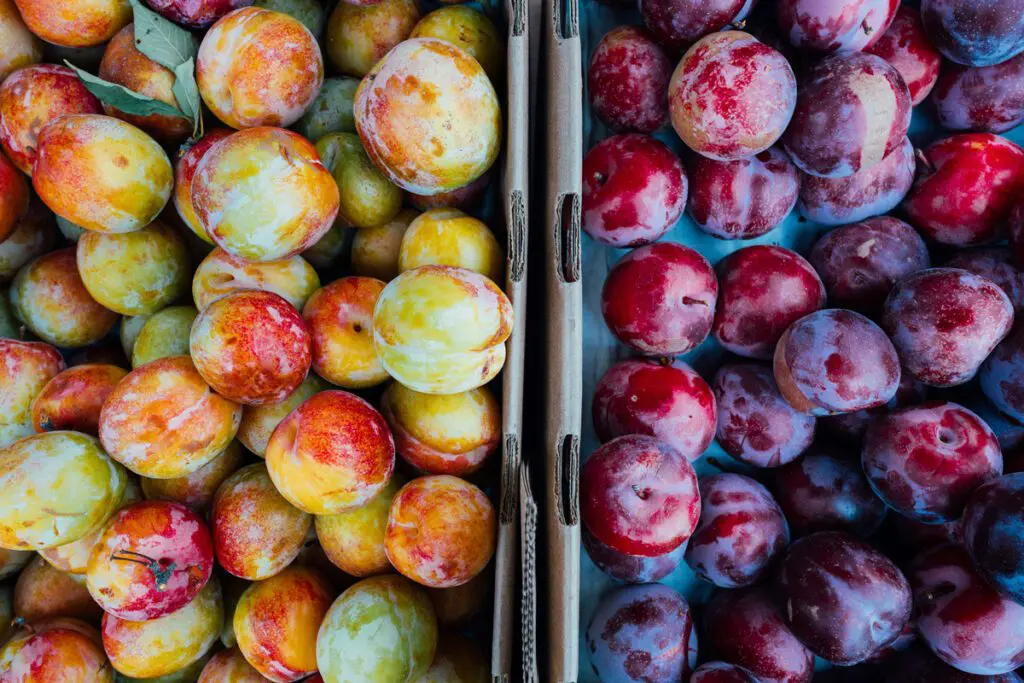
Micro farming is suitable for people on a low or fixed income, as it does not necessitate the purchase of large acreages of land on which to farm, or expensive farm machinery such as tractors, or huge investments like barns. Micro farming can be done in a large sunny backyard, on other people’s land, leased land, etc. You will need to invest a modest amount of upfront capital to get started: quality tools, plant material, fertilizers, and some basic, very affordable equipment (such as trellis posts, bird nets, or irrigation lines), as will be covered in detail later on. But it’s reasonable to say, if land is already in possession (or leased, etc.), that one could get into micro farming fruit for a few hundred to a thousand dollars, depending on scale, and maybe much less if you have more time than money and plenty of patience. We’ll be exploring this in detail.
